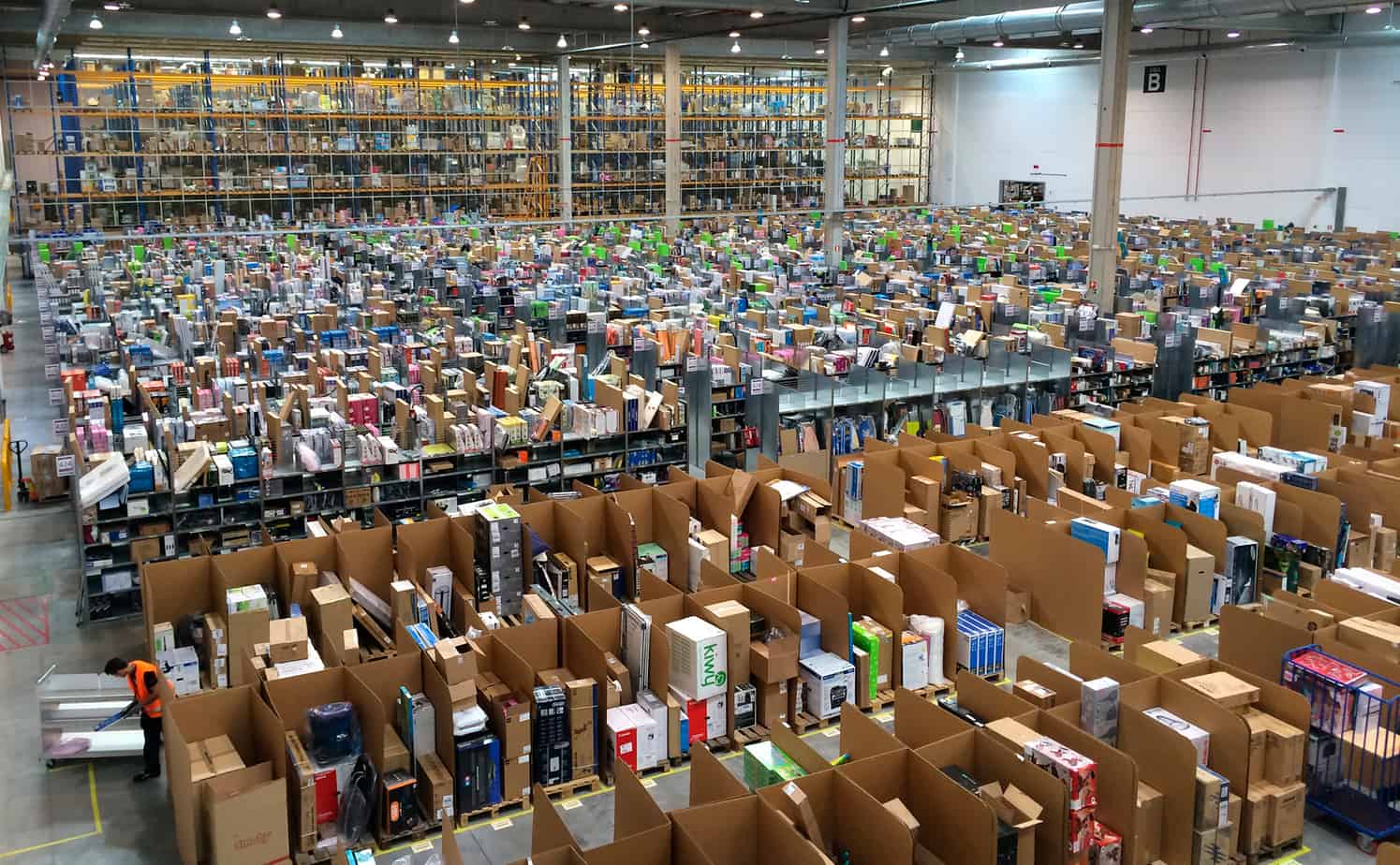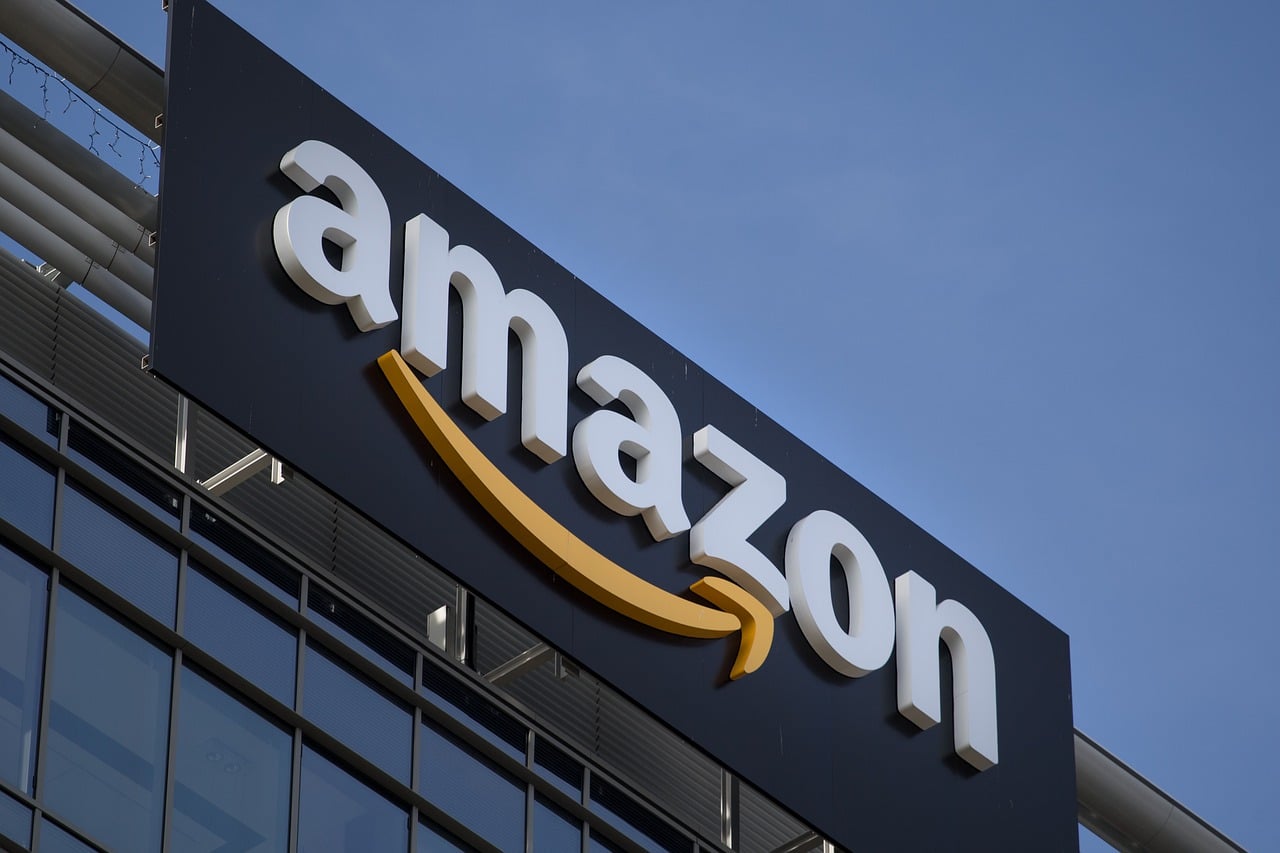
 Amazon (Amazon Stock Quote, Chart, News NASDAQ:AMZN) took a tumble after an earnings beat on Thursday, leaving investors wondering where the market is heading with the stock. If you can believe one bullish take, AMZN is headed to $5,000.
Amazon (Amazon Stock Quote, Chart, News NASDAQ:AMZN) took a tumble after an earnings beat on Thursday, leaving investors wondering where the market is heading with the stock. If you can believe one bullish take, AMZN is headed to $5,000.
“I like charts that go from the lower left to the upper right, and Amazon is that,” said JC Parets, president of All Star Charts, who spoke to BNN Bloomberg on Thursday. “I think any weakness in Amazon needs to be bought.”
“I think the level to watch is $3,000 [per share] because none of us know what’s going to happen so we have to manage risk responsibly and I think for Amazon, $3,000 is that level. If we’re above $3,000 I think you can own it. I think it’s got 60 per cent of upside
left in that thing before we see some serious consolidations. But $3,000 is the caveat, we have to be above that.”
Amazon crushed estimates once again in its quarterly numbers on Thursday, delivering revenue of $96.15 billion and earnings of $12.37 per share, compared to analysts’ consensus calls for $92.7 billion and $7.41 per share, respectively.
The company forecasted sales for the all-important fourth quarter and holiday season, this year an even bigger factor for online sales with the COVID-19 pandemic still at large and pushing more shoppers online than ever before, with Amazon predicting it would hit
between $112 billion and $121 billion for a growth projection of between 28 and 38 per cent. Analysts had called for $112.3 billion.
“We’re seeing more customers than ever shopping early for their holiday gifts, which is just one of the signs that this is going to be an unprecedented holiday season. Big thank you to our employees and selling partners around the world who’ve been busy getting ready to deliver for customers this holiday,” said founder and CEO Jeff Bezos in a press release.
At the same time, the company said it would take a hit of about $4.0 billion in costs related to COVID-19, as infrastructure costs at warehouses due to social distancing and other COVID-related elements have been a factor.
“There’s productivity drags for things like new hire ramps, social distancing, any break periods, things that we can quantify,” said CFO Brian Olsavsky in the quarterly earnings call. “This is a change in our process that has hurt productivity.” Amazon has been on a slide with much of the market over the last couple of months, falling 14 per cent since hitting $3,531 per share in early September. Still, the stock has been a clear winner in 2020 and is currently up 63 per cent for the year.
Parets said the recent dip in Amazon and other tech names is a reflection of sectoral rotation away from areas of the market that have done exceptionally well this year.

“These sectors — communications, consumer discretionary, technology, internet and social media — these industry groups have been monster leaders on a relative basis over a long period of time, and this year as well particularly coming off those highs in February,” Parets said. “As of late we’ve seen some rotation in the mega-cap stocks, regardless of whether they’re in tech or discretionary or in communications. It’s more the market cap rotation and a well deserved rotation.”
“Sector rotation is the lifeblood of a bull market and over the last couple of months while tech and communications and discretionary have underperformed what has outperformed? Industrials, emerging markets, frontier markets and regional banks and you’ve seen some strengthen utilities over the last few weeks. So, I think it’s just part of normal sector rotation,” he said.
Not everyone is that optimistic about Amazon, however. Tom Forte, senior research analyst for D.A. Davidson, says the crush of business the company will be dealing with over the holiday season won’t be easy to deal with.
“It’s going to be incredibly challenging for Amazon, as the year has been when you think about maximizing revenue and e commerce to the extent that they’re having challenges at their fulfillment centres, as far as getting in products and out products as quickly as
possible,” Forte said, in conversation with CNBC on Thursday.
“The hope was that having Prime Day in October would improve their yield at the fulfillment centre level and help them maximize sales in the holiday quarter. But I do think this is going to be a challenge for their company,” Forte said. Forte has Amazon as a “Buy” with a price target of $3,800.
Amazon said its Prime Day in October represented the “two biggest days ever” for small and medium-sized businesses in Amazon stores. Third-party sellers sold over $3.5 billion over the two-day event, representing a 60 per cent year-over-year increase.
Leave a Reply
You must be logged in to post a comment.





 Share
Share Tweet
Tweet Share
Share




Comment